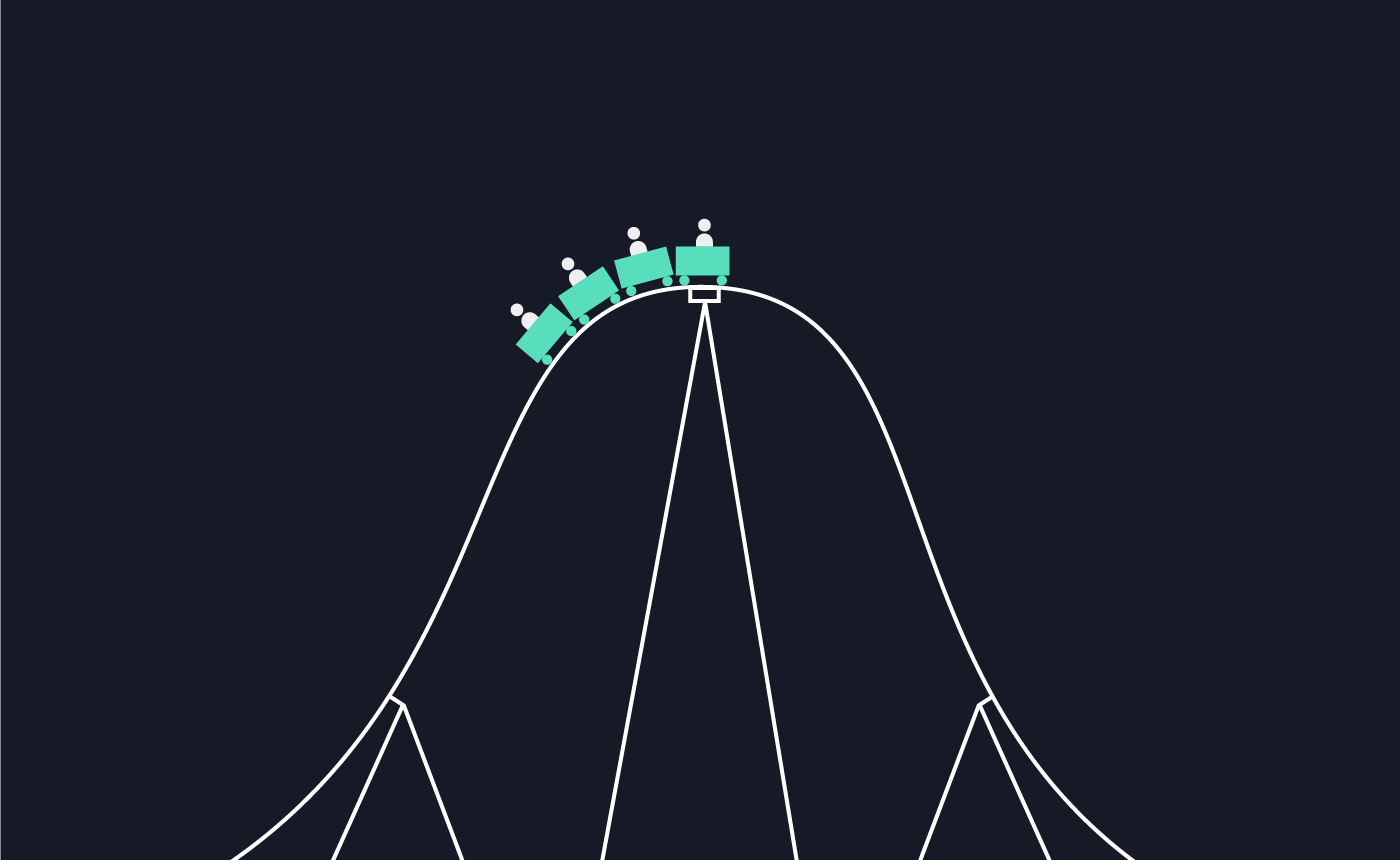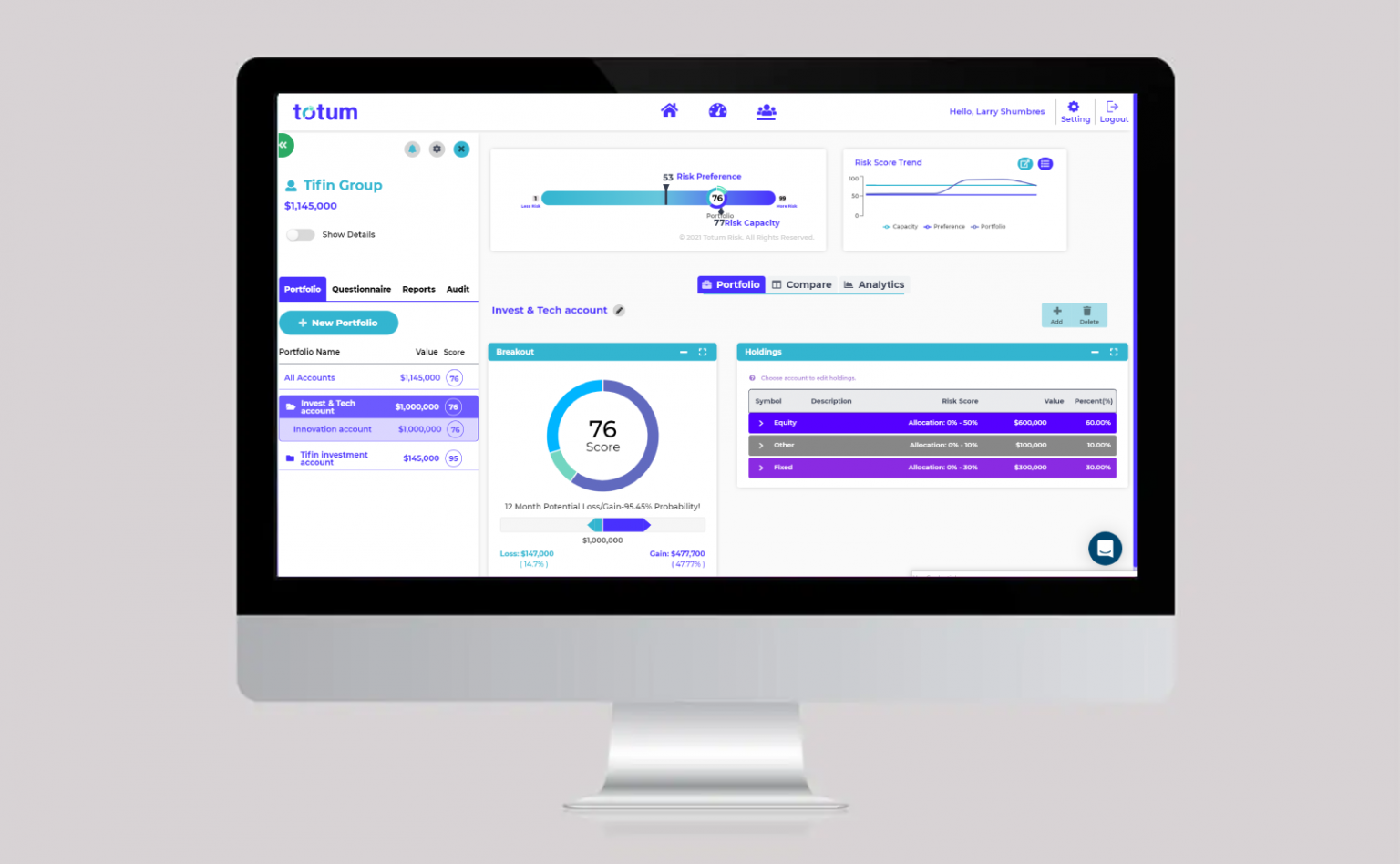Investing has always come with some risk, and it’s understood in the financial community that the more risk a person takes on, the more they may expose themselves to both big gains, but also big losses. Today, with national news headlines of the occasional meme stock trader, NFT connoisseur, or cryptocurrency investor making six figures or more seemingly overnight, some younger investors have taken to a strategy that is more akin to gambling.
In the Nasdaq article “How the Next Generation of Investors Are Gamifying Investing,” author Kassem Lahham confirms how some Gen Z and Millennials are investing without conducting any due diligence first. He wrote, “While not all these investors treat the market like a gambling interface, many are.
We examine why investing in these boom or bust assets without the right financial education, background, or experience could leave you with results that do not fit the facts of your financial life.
Investing for Thrills
Many of these investors are younger and treat investing as a fun hobby that can be a source of excitement rather than a means to build wealth. A recent survey found that Gen Z investors are particularly vulnerable to emotional investing, with 61% of this age group divulging that they invested simply for the “thrill” of it.
The findings of this survey are also supported by a poll conducted by the UK’s Financial Conduct Authority (FCA). The FCA surveyed 517 self-directed investors and found that many of these investors cited the thrill of taking big financial risks as a key reason in their decisions to invest. Furthermore, the study found that, of those who traded high-risk products (like crypto assets), 38% failed to mention any functional reasons—such as funding retirement—as a reason for investing.
Gamification of Investing
This attitude of investing for fun is partly driven by new technology. While investing used to be reserved for those with exclusive resources, it’s now a tool available to just about anyone with internet access. Many of these apps don’t even charge commissions or require an initial deposit.
Once a user opens their account, they’re encouraged to trade more often through a marketing technique called gamification. Gamification is the act of using game-like features in non-game contexts. This includes reward systems (like virtual badges and trophies), points, and performance charts. Companies—including many investment platforms— add these features to their apps since it has been proven to increase user satisfaction and engagement.
Younger investors may also have trouble distinguishing between the actual games they play on, say, their iPhone or Xbox, and an investment app that was purposely built to engage them with similar behavioral prompts. What they’re failing to understand, however, is that these are not merely “points” added or subtracted in a fun, innocuous game, but rather real gains and losses of their own money.
The fact that these apps are available to use 24/7 makes it even easier for traders to treat investing as a source of entertainment. Instead of making trades after conducting proper research, some investors are trading on an impulse in a moment of boredom.
Addicted to Investing
Investing apps and other trading platforms do have their merits. Most were founded on the principles of providing equal access to wealth-building tools that were once only accessible by financial professionals or high net worth investors. For millions of modern investors, platforms like TD Amertirade or E*Trade gave them their first taste of the stock market and allowed them to start constructing their retirement portfolio.
However, in recent years the landscape has shifted. Instead of just stocks, bonds, and mutual funds, the number of options and advanced trading capabilities has expanded dramatically to the point that regulators are worried. This new generation of investors needs to be wary. It is not just to easy access to niche asset classes, or the ability to trade options that is of concern, but when compounded by the addictive nature of these apps the results to young investors can be catastrophic.
As Ben Soppitt describes in the Forbes article, “The Gamification of Investing Brings Opportunity—and Risks,” “As powerful a creator of wealth as the stock market can be, it can also destroy it. As with gambling, the risk-reward nature of investing can incite unhealthy behavior, and using words like addiction to describe some people’s behavior toward investing is not uncommon.”
The Dangers of Social Media Hype
Another obstacle for younger investors is the reliance on social media and message boards like Reddit for information. These mediums are sometimes used as vehicles to start investment fads, such as what we saw in 2021 with the artificially high share prices for GameStop and AMC.
These short-term trends—often built on social buzz—can be dangerous. As some investors learned in the GameStop and AMC rollercoasters. For many, they hear about and get interested in an investment opportunity after a lot of the upside costs have already been baked into the investment opportunity. This hype and fear of missing out can lead to buying at the top of the market and having to sell at significant losses when the share prices tank.
Measuring the Risk of Investing
Rather than relying on hype or impulse, a better strategy for investors of all generations is to seek opportunities that fall within their unique risk capacity and tolerance. Risk capacity reveals the level of risk an investor can actually afford to take, while a risk tolerance score demonstrates the comfort level an investor will have when dealing with a downturn in the market. This allows an investor to make sound investment strategies that build wealth for the long term, rather than chasing trends that often lead to negative outcomes.
Risk capacity in particular can help investors since it’s scored based on facts rather than feelings. This can protect the investor from emotionally-based reactions that can lead to devastating results.
TIFIN Wealth’s Risk Alignment solution scores both risk capacity and tolerance through an easy, user-friendly questionnaire.


